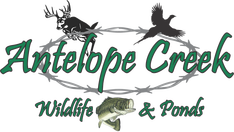When I got back to Nebraska on Halloween as much as I wanted to get into the tree stand I just had too much work to get done. I had 300 acres of native grass to drill before freeze up to fulfill my clients CRP contracts. By the time I did have an opportunity to try and get out rifle season has come and gone as well. Most of my property I hunt in Nebraska is a big chunk of public ground and little private ground. Both of which get hammered during the rifle season. It gets very difficult to hunt even does after this. After some scouting and talking with friends and family who have been out this late season, I decided it is time for a change. Change of hunting grounds for next year.
I have spent much of my time scouting new places not only from the county roads but likely more effective has been aerial scouting through the use of Google Earth. I am looking for both private and public land areas for next fall’s hunting season. There are chunks of private that may only have a small piece of timber on it next to areas that aren’t hunted. Also I am looking for both bigger tracts of public land out in western Nebraska and very small tracts of public around home. Bigger is so I can go deeper where more people will not take the effort to go and smaller because more people overlook these spots. I am also looking at the difficulty factor of access. There are a few places I am finding that the only way to get there is either boat or a canoe.
I am looking at those places that I feel get driven by with little to no thought by most people for hunting. These small places may be the ticket and so far from scouting the edges near dark, I am putting my Nikon binoculars and spotting scope to work. I like what I see so far. With spring and turkey season right around the corner I plan to scout these public areas through turkey hunting. Turkey hunting can also be a great way to gain access to a new property to do spring Intel work to see if that place looks like a place you want to pursue for the deer season.
I like the new possibilities I am looking at for next fall. With the last few falls being rather unsuccessful due to so much hunting pressure I am looking forward to the new hunting possibilities next fall. Also remember to offer up your labor in exchange for hunting rights with farmers that can and often does go a long way. It was worked well in the past for me and I hope that it will again work this coming year. I will no longer be guiding next year and will pick up more business to keep me around home which should also better my chances of more success for next fall.
Remember it is never too early to start planning for the next hunting season.
Brett Kleinschmit
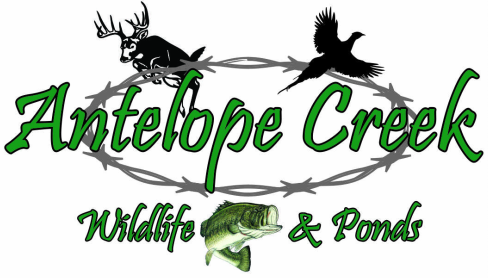
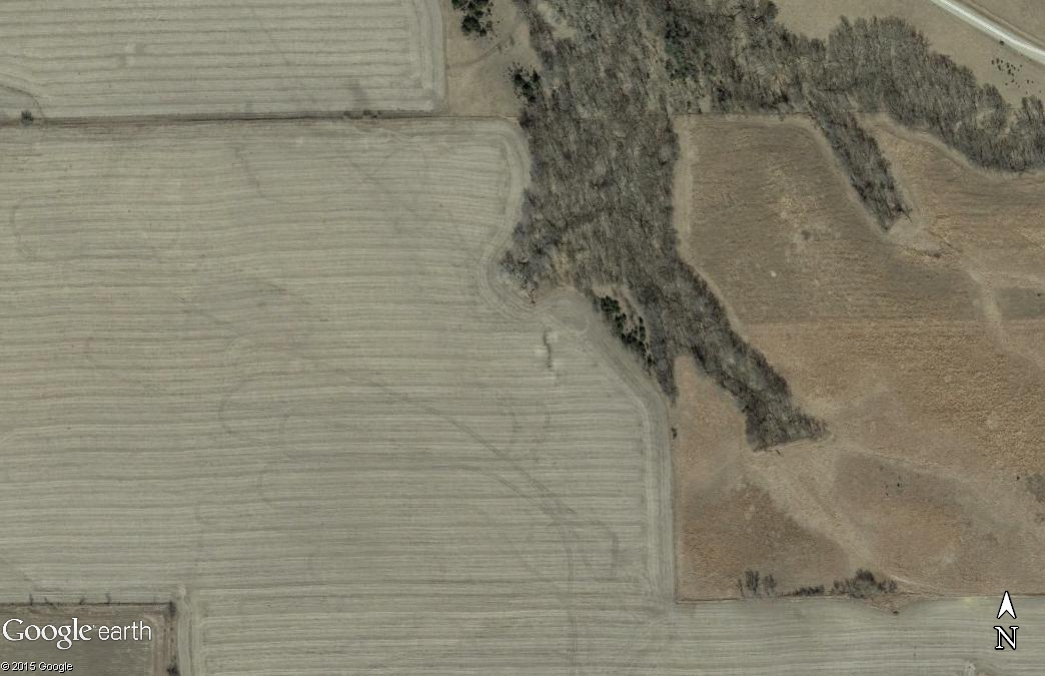
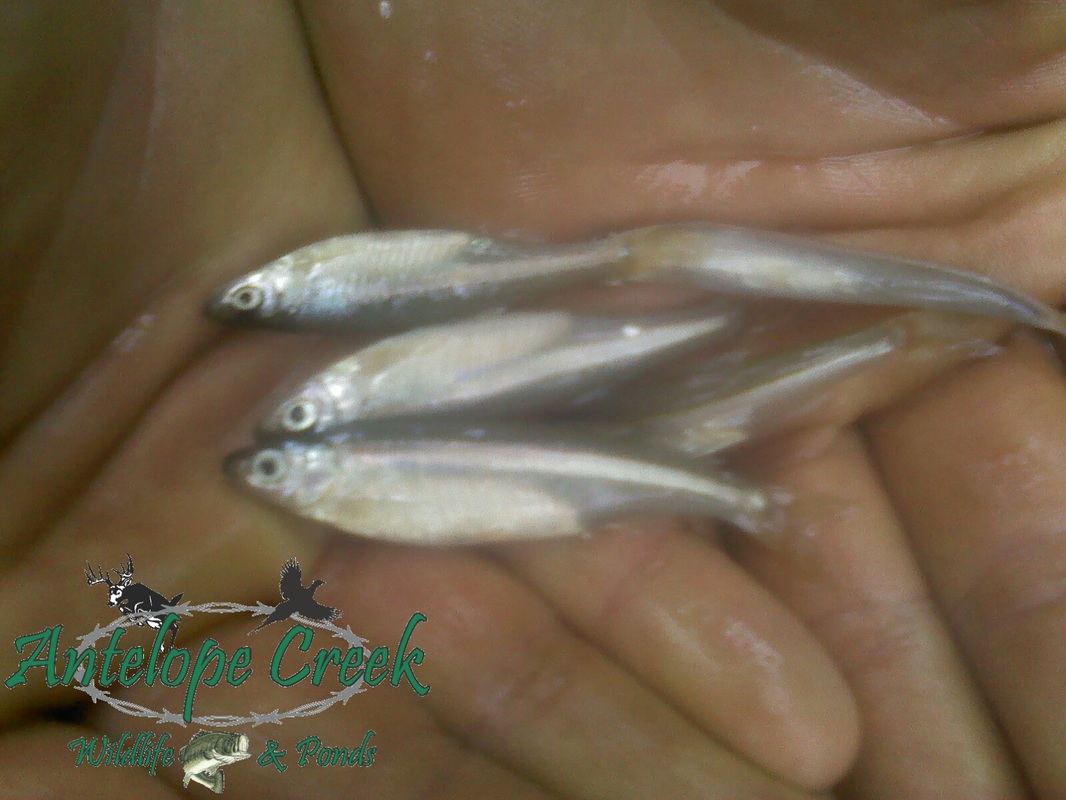
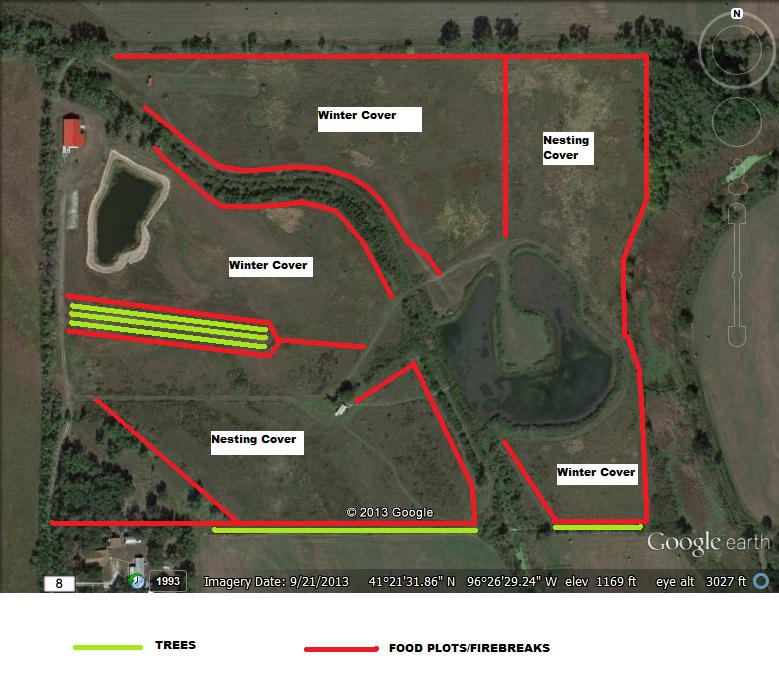
 RSS Feed
RSS Feed
